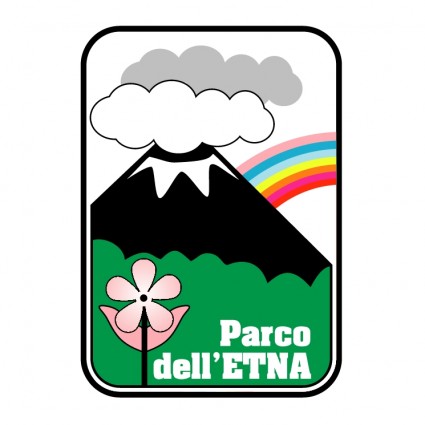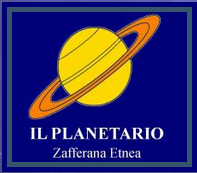Summer timetable
In July and August 2016, Etna Museum is opening only by reservation for groups of minimum 20...
Leggi tuttoEtna as a UNESCO World Heritage Site
Etna was at last added to the list of the world heritage sites by UNESCO. The great work done by the Etna Park with the cooperation of many institutions, including the Friends of the Earth, will bring the enhancement of one of the most important symbols of Sicily we all must be proud of. Following is a description of the new World Heritage site in UNESCO website: “Mount Etna is an iconic site encompassing 19,237 uninhabited hectares on the highest part of Mount Etna, on the eastern coast of Sicily. Mount Etna is the highest Mediterranean island mountain and the most active stratovolcano in the world. The eruptive history of the volcano can be traced back 500,000 years and at least 2,700 years of this activity has been documented. The almost continuous eruptive activity of Mount Etna continues to...
Leggi tuttoElephants in Sicily
The Etna Museum has been recently eriched with a new exhibition on the elephant wich has become a symbol of Catania city after centuries of legend, hystory and science. Elephas falconeri, a species who used to live in Sicily in a period between 600.000 and 250.000 years ago, is the main character of the story described in the exhibit. Also the connection between the myth of the Cyclops and the dwarf elephants living in prehistoric times is well documented. The opening of the new exhibition has been done together with that of an earthquake simulator which has been installed inside the Museum with the cooperation and assistance of the local group of Protezione...
Leggi tuttoGeodynamics of Etna
From a volcanic point of view, Etna is unique and differs greatly from the nearby Eolie volcanoes or Vesuvius. The Italian volcanoes are located where the European and African tectonic plates come into contact. These two plates tend to push towards each other (compression) and collide. This is a typical magmatic arc where one tectonic plate (in this case the African) moves under the other (European). During this downward sliding movement (subduction) the earth’s crust melts and forms a silica-rich, acid, viscous magma which emerges from explosive, and extremely dangerous, volcanoes such as the Eolie islands and Vesuvius. The composition of Etna’s magma is very different, little silica, not very acid and, therefore, also more fluid. This is why its eruptions are almost never explosive nor particularly dangerous. The reason for this can be explained by the scientific theory...
Leggi tuttoTgr Sicilia
Servizio RAI – Tgr Sicilia del 24/03/14 sull’inaugurazione della nuova area didattico – scientifica dedicata agli Elefanti in Sicilia e alla connessione tra il mito dei Ciclopi e l’elefantino nano. Buona...
Leggi tuttoWORKSHOP “EARTHQUAKES”
The Etna Museum has a new EARTHQUAKE SIMULATOR, the only one in Sicily equipped with computerized dynamic platform of more than 4 square meters: the goal is to get used to recognize the seismic events, knowing what to do thanks to the helpful advice of the National Civil...
Leggi tutto
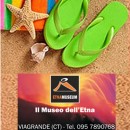
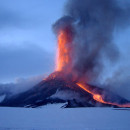
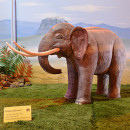
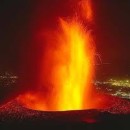

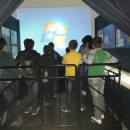
 Information/Tickets: 095 7890768 / 347 0415868
Museo dell'Etna, Viagrande (CT)
Information/Tickets: 095 7890768 / 347 0415868
Museo dell'Etna, Viagrande (CT) 